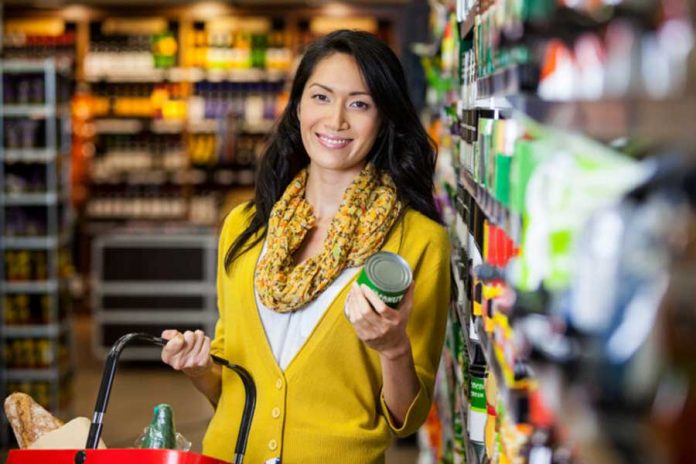I recently had the opportunity to discuss what it takes to deliver superior omnichannel experiences for consumers in the current retailing environment with Rowan Luckie, global digital director, Molton Brown, and Katie Hunt, cofounder, Showfields.
For those not familiar, Molton Brown is a 50-year-old legacy brand selling luxury beauty products directly to consumers. Showfields bills its highly curated concept as “the most interesting store in the world.” Each brand is high-touch and sensory-driven, making both highly dependent on providing in-person experiences to connect with customers in their unique ways.
Both organizations found themselves, like others, having to pivot in the ways they organize, measure and innovate since the pandemic hit last year. Many new initiatives at the two companies were driven, performed or informed by store associates.
The two companies realized that they did not have the store-level customer-facing expertise in IT or corporate functions and recruited store associates to become customer experience (CX) advisors, live-streamers, social responders, storytellers, content creators and user experience (UX) testers. Associates also managed customer service requests, given the huge increase in digital and call center traffic.
Molton Brown developed a creative digital fragrance finder to engage with customers digitally who typically have one-to-one consultations and trials with store associates. Digitizing a luxury sensory experience isn’t easy, but I found the retailer’s finder to be beautiful, pleasurable and accurate.
Ms. Luckie indicated that Molton Brown is creating new luxury delivery and fulfillment experiences, rolling out new products and continuing to champion beauty that’s kinder to the environment.
Showfields created a Magic Wand App to keep store associates safe when stores reopened. It began using near field communication (NFC) tags to allow shoppers to tap phones on hidden messages throughout the store to learn about brands, products and artists as well as to shop and contactlessly checkout. Showfields is developing a real Wand powered with enhanced features that will let customers “wave” it to learn, engage, shop and save their preferences.
Both executives say the pandemic permanently changed how they look at content, return on investment, marketing plans and funnel. Volume, store traffic levels and clicks are less important than retention, frequency, engagement level and interaction quality.
Ms. Hunt stated that Showfields now views stores as an acquisition channel versus a selling venue and is planning to open several new units this year.
Both executives agreed that the pandemic accelerated their physical/digital convergence by five-plus years. They are harnessing the energy and expertise of associates to create hybrid models that best serve consumers across channels, locations and devices.









